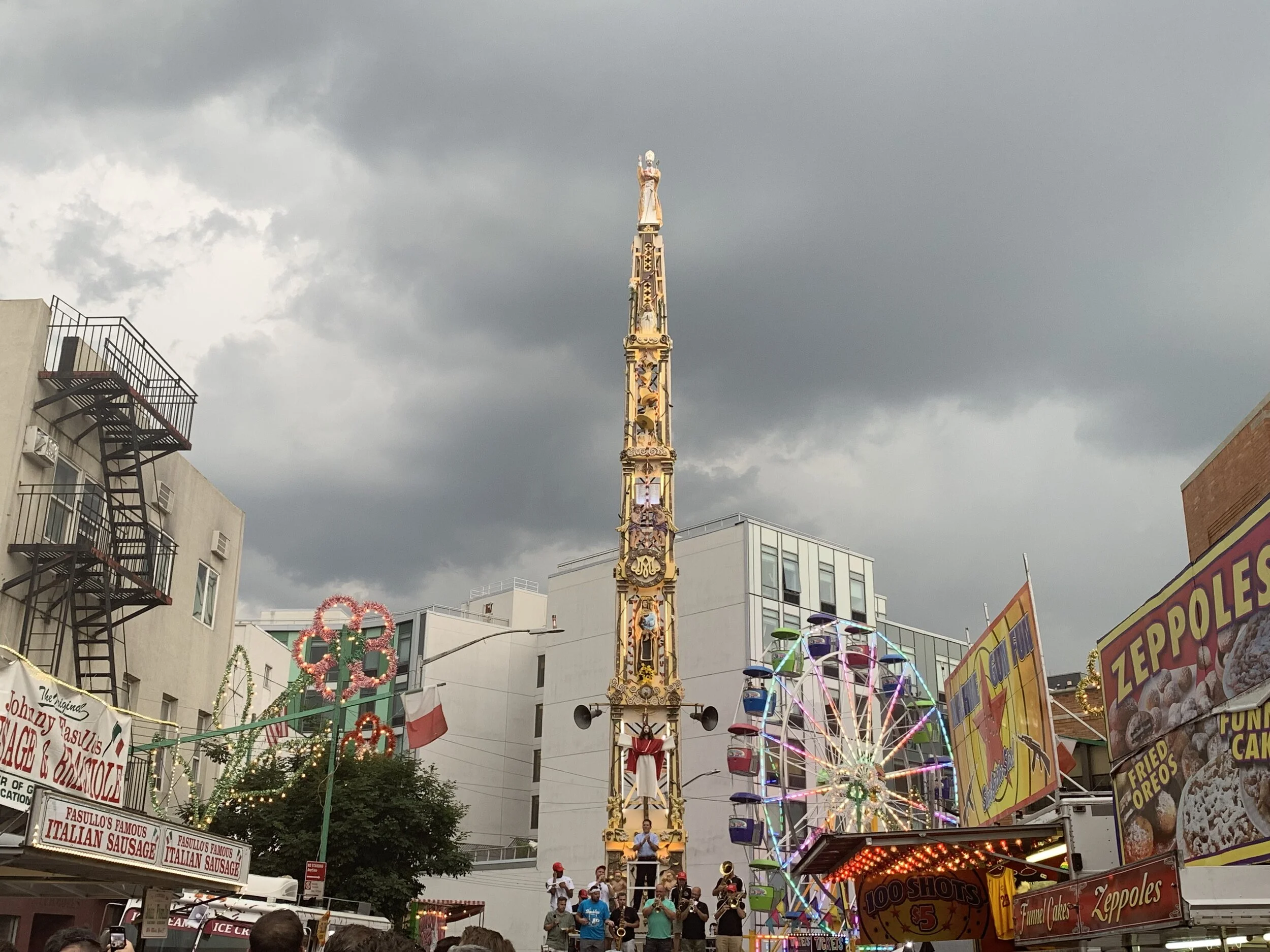Between Itself and Brooklyn: Gerritsen Beach’s Developing Identity from the 1920s-1930s
By Michael Sutherland
The sleepy seaside Brooklyn neighborhood of Gerritsen Beach resembles a New England fishing village far more than a neighborhood in the largest city in the United States. Its residents are insular, and rarely want to rely on the City or its officials for help. But, during the neighborhood’s infancy in the early 20th century, the people of Gerritsen Beach were grappling with forming and maintaining their own identity as a neighborhood while attempting to completely and equitably integrate the fledgling neighborhood into Brooklyn and as a part of the city as a whole.
Read MoreInterview: Andrea Mosterman on her book, Spaces of Enslavement
Interviewed by Deborah Hamer
In her new book, Spaces of Enslavement: A History of Slavery and Resistance in Dutch New York, Dr. Andrea Mosterman looks at the lives of enslaved people in New Netherland and Colonial New York from the 1620s until 1820. She shows how central enslaved labor was to individual households and to the colony as a whole and how this dependence on enslaved people shaped life for all New Yorkers — Black and white — over this two hundred year period.
Read MorePodcast Interview: Rockaway Blue
Larry Kirwan interviewed by Robert W. Snyder
Twenty years after the terrorist attacks of September 11, 2001, the novel Rockaway Blue (Cornell UP, 2021) probes the griefs, trauma and resilience of Irish American New Yorkers wresting with the deaths and aftershocks of that terrible day. The book weaves throughout New York City, from the Midtown North precinct in Manhattan to Arab American Brooklyn, but it is so grounded in the Irish section of Rockaway in the borough of Queens that Rockaway itself becomes a kind of character.
Read MoreDid All Jews Become White Folks?:
A Fortress in Brooklyn and Hasidic Williamsburg
Reviewed by Gabe S. Tennen
In A Fortress in Brooklyn: Race, Real Estate, and the Makings of Hasidic Williamsburg, Nathaniel Deutsch and Michael Casper add an important wrinkle into prevalent understandings of American Jewish history. Deutsch and Casper focus their text on the Hasidic Satmar sect and its creation of a “holy city of Jerusalem” in one corner of north Brooklyn, tracing that community from its nascent beginnings in the 1940s into the 21st century. By offering a detailed and crisply written account of this often discussed but largely underexamined group, the authors provide a caveat to nearly fifty years of scholarship.
Read More


